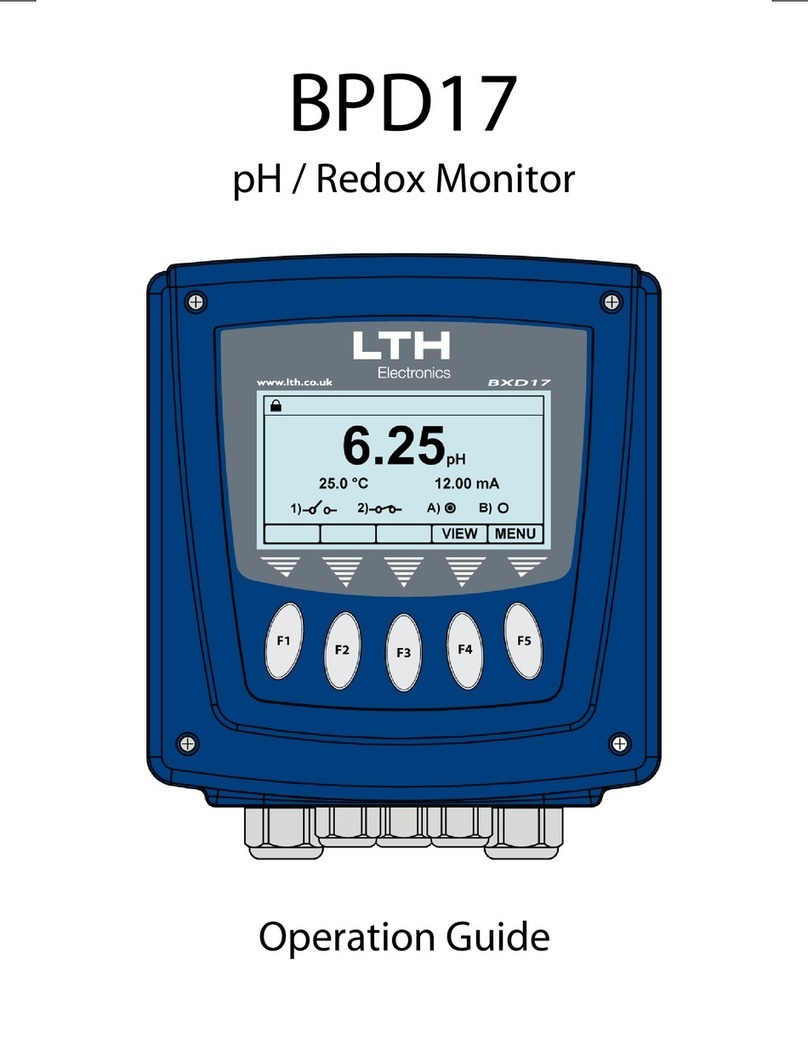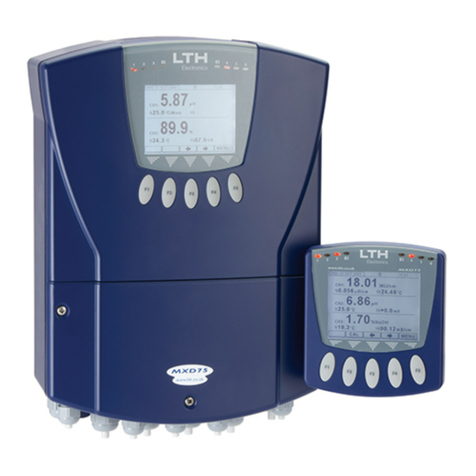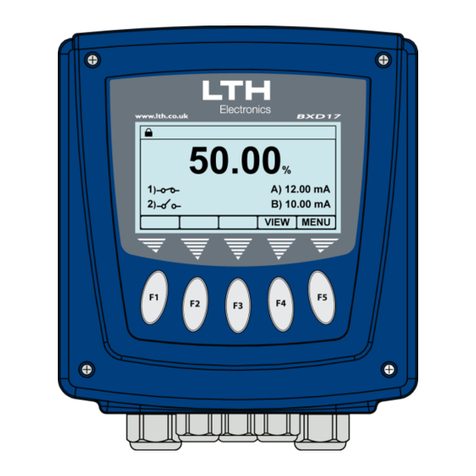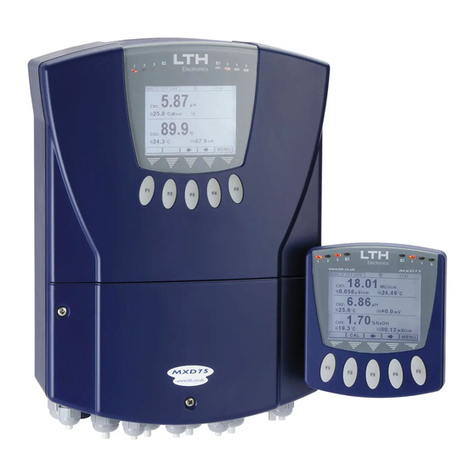Contents
MXD70 Setpoints, Current Outputs,
and Digital Inputs Configuration Guide
- 3 -
Contents
reface.........................................................................................................................1
Contents .....................................................................................................................3
Setpoints ....................................................................................................................5
Input Source........................................................................................................6
Trigger...................................................................................................................6
Mode......................................................................................................................9
Hysteresis.......................................................................................................... 10
Setpoint Dose Alarm..................................................................................... 11
Setpoint roportional Mode...................................................................... 14
Setpoint Alarm Mode................................................................................... 16
Setpoint Cleaning Mode ............................................................................. 17
Current Outputs ................................................................................................... 21
Current Output Calibration........................................................................ 24
Resetting the current Output user Calibration................................... 26
Digital Inputs ......................................................................................................... 29
Offline................................................................................................................. 30
Clean................................................................................................................... 31
Range Changing............................................................................................. 31
Switch Setup.................................................................................................... 31
Calibration ........................................................................................................ 32
CI ........................................................................................................................ 32
olarity ............................................................................................................... 32
Simulate Channels............................................................................................... 33
Index ......................................................................................................................... 36































